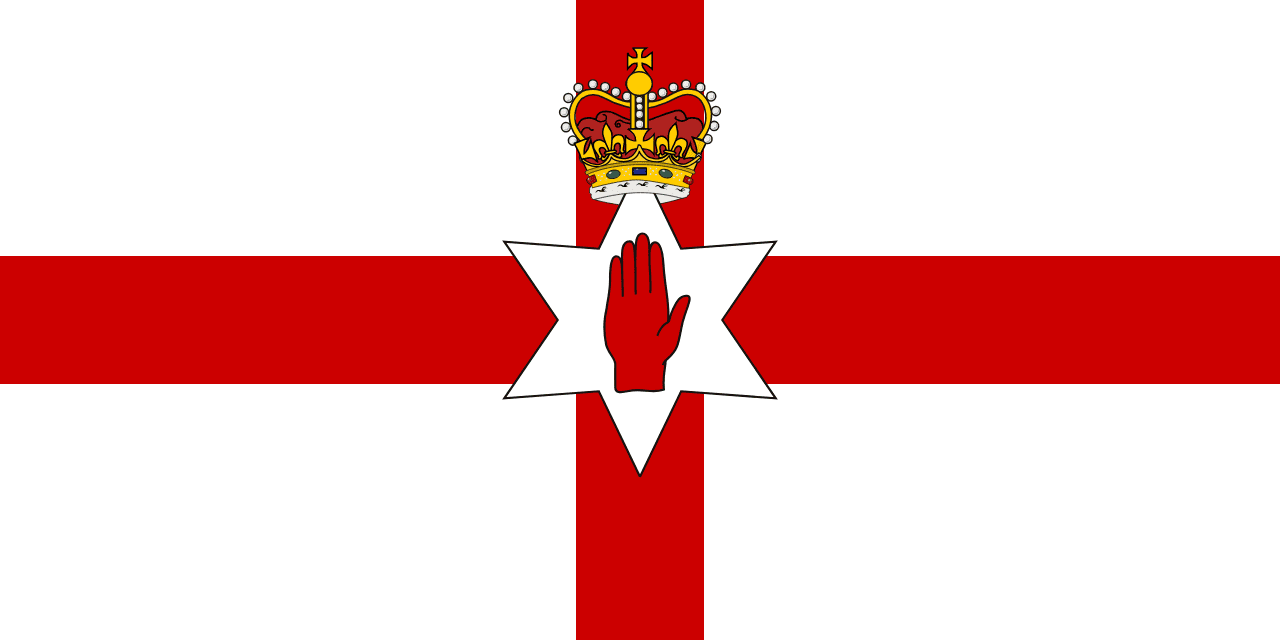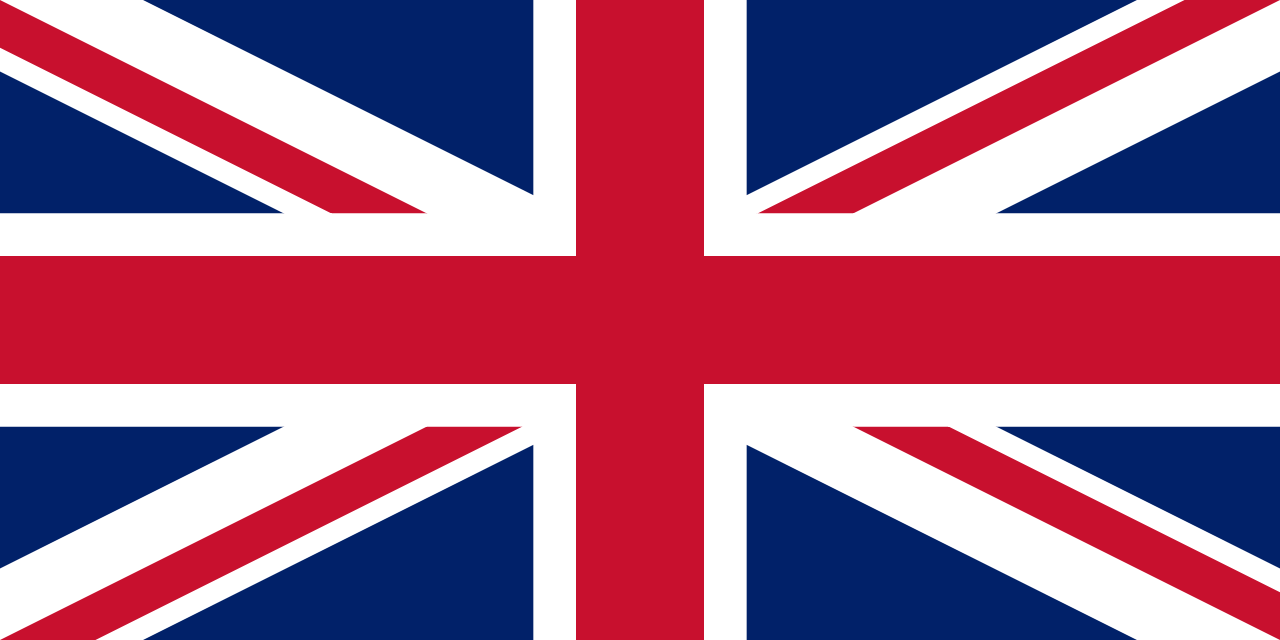Ireland Flag Meaning
Three equal vertical stripes of green, white, and orange, representing the hope for peace between the Catholic and Protestant communities of Ireland, with the tricolor symbolizing unity and the aspiration for a harmonious Irish nation.
- Continent
- Europe
- Adopted
- 1922
- Ratio
- 1:2
- Colors
- green, white, orange
- Designer
- Thomas Francis Meagher

Symbolism
Green Stripe: Represents Irish Catholics and the Gaelic tradition, symbolizing the nationalist community, Irish heritage, and the connection to the Catholic faith that has long been central to Irish identity and culture.
White Stripe: Represents peace and unity between the different communities in Ireland, symbolizing the hope for harmony between Catholics and Protestants, and the aspiration for a peaceful, inclusive Irish nation.
Orange Stripe: Represents Irish Protestants and the Orange tradition, symbolizing the unionist community and honoring William III of Orange, while acknowledging the Protestant heritage as part of Irish identity.
History
- 1848: Thomas Francis Meagher first presented the tricolor to Ireland, inspired by the French tricolor and the revolutionary spirit of 1848, symbolizing his vision of unity between Irish Catholics and Protestants.
- 1916: The tricolor was raised over the General Post Office in Dublin during the Easter Rising, marking its adoption as the symbol of Irish republican aspirations for independence from British rule.
- December 6, 1922: The Irish Free State officially adopted the tricolor as its national flag following the Anglo-Irish Treaty, representing the new dominion status within the British Commonwealth.
- 1937: The Constitution of Ireland (Bunreacht na hÉireann) was adopted, establishing Ireland as a sovereign republic and confirming the tricolor as the national flag of the independent Irish state.
- April 18, 1949: The Republic of Ireland Act came into effect, formally declaring Ireland a republic and leaving the Commonwealth, with the tricolor representing full sovereignty and independence.
- 1973: Ireland joined the European Economic Community (now EU), with the tricolor representing Ireland's integration into European institutions while maintaining national identity.
- 1998: The Good Friday Agreement was signed, bringing peace to Northern Ireland, with the tricolor's symbolism of unity taking on new significance in the context of improved relations.
Trivia
- Ireland's tricolor was inspired by the French flag and the 1848 revolutionary movements across Europe, making it part of a broader democratic tradition.
- The flag is often incorrectly displayed with gold instead of orange, but the authentic color is specifically orange, representing the Protestant Orange tradition.
- Thomas Francis Meagher, who introduced the flag, later became a general in the American Civil War and territorial governor of Montana.
- The flag represents the only English-speaking country in the Eurozone, having adopted the euro in 1999 as a founding member.
- Ireland is famous for its literary tradition, with the flag flying over the homeland of writers like James Joyce, W.B. Yeats, and Oscar Wilde.
- The tricolor appears on Guinness products worldwide, representing Ireland's most famous beer export and cultural ambassador.
- St. Patrick's Day celebrations around the world prominently feature the Irish tricolor, making it one of the most recognized flags globally.
- The flag represents a country with one of the youngest populations in Europe, with about 65% of people under age 45.
- Ireland's flag flies over a nation that transformed from one of Europe's poorest to one of its most prosperous during the 'Celtic Tiger' economic boom.
- The Cliffs of Moher, Ring of Kerry, and Giant's Causeway (in Northern Ireland) make Ireland a major tourist destination under this flag.
- Ireland is the only EU country with English as a primary language following Brexit, giving it a unique position in European affairs.
- The flag represents a country where traditional Irish music and dance, including Riverdance, have gained worldwide popularity.
- Ireland's tech industry boom has made Dublin a European headquarters for major companies like Google, Facebook, and Apple.
- The flag flies over a country that has given the world many famous actors including Colin Farrell, Saoirse Ronan, and Michael Fassbender.
- Ireland's neutrality policy means the flag represents a nation that, while EU and UN member, is not part of NATO military alliance.
Related Countries

Northern Ireland
Europe
The Ulster Banner - featuring the Red Hand of Ulster on a white field with the Union Jack canton and crown, served as Northern Ireland's official flag from 1953-1972 and remains in unofficial use today.

Wales
Europe
Y Ddraig Goch - the red dragon passant on green and white horizontal field, representing Welsh heritage and Celtic identity.

United Kingdom
Europe
The Union Jack combines the crosses of Saint George (England), Saint Andrew (Scotland), and Saint Patrick (Ireland) on a blue field, representing the political union of England, Scotland, and Ireland under one crown, though Wales is not directly represented in the flag design.

Scotland
Europe
The Saltire - white diagonal cross of Saint Andrew on azure blue field, one of the world's oldest national flags.

Netherlands
Europe
A horizontal tricolor of red, white, and blue, the oldest tricolor still in use today. It originated in the 16th century during the Dutch Revolt against Spain.

Belgium
Europe
Three vertical stripes of black, yellow, and red derived from the coat of arms of the Duchy of Brabant, adopted during Belgium's independence revolution and representing the nation's determination, generosity, and sacrifice.